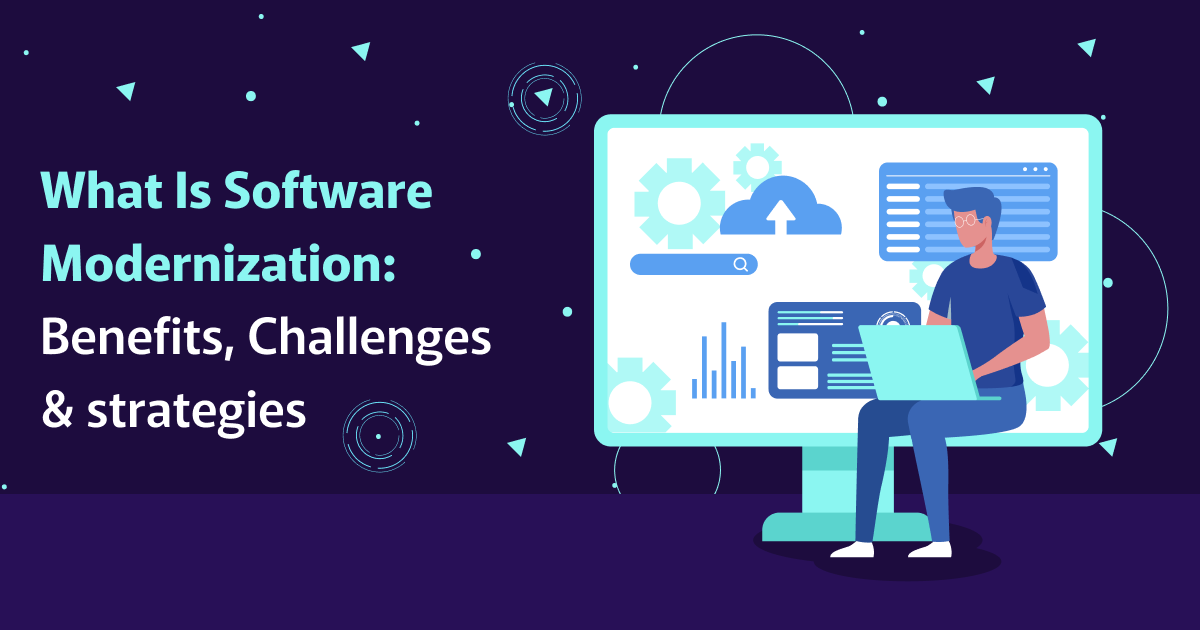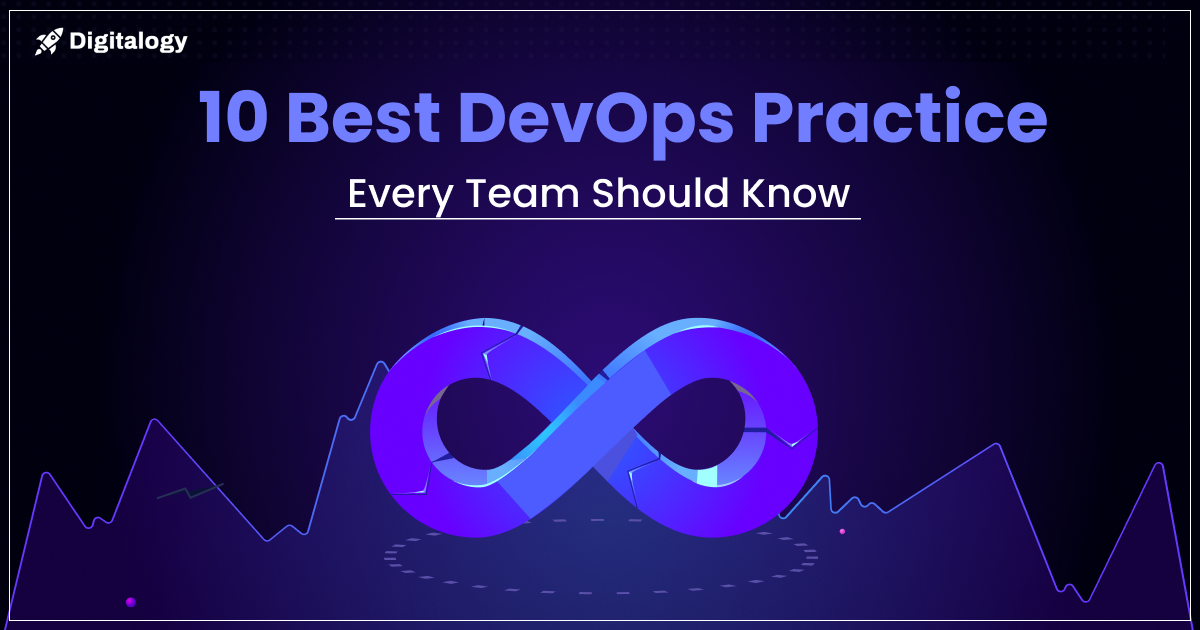In a time when smartphones rule the roost, there is an unparalleled demand for Android apps. Understanding the different expenses related to Android app development is essential as companies and people try to take advantage of the enormous potential that the Google Play Store provides. This blog delves into the complexities of app development expenses, offering valuable perspectives for anybody considering this thrilling undertaking.
Cost Of Building An App?
The cost to launch an Android app varies, but industry averages suggest simple apps may start at a few thousand dollars, while complex ones can reach hundreds of thousands. On average, app development constitutes 15-20% of the total project cost. Accurate estimates depend on factors like features, design, and marketing strategy.
Is it expensive to run an app?
Running an app’s expenses vary on different factors. On average, small apps can cost $25,000 to $50,000 per year for maintenance and updates. Larger apps may surpass $100,000 annually. Hosting expenses average around $5,000 per year. These costs depend on factors like app complexity, user base, and ongoing development requirements.
Can I create an app for free?
Creating an app for free is possible with certain platforms, but professional apps often involve costs. On average, small business apps may cost $20,000 to $80,000, while complex apps exceed $250,000. These figures include development, design, and other essential components. Learn Android Programming to understand these intricacies better. Free app development tools exist, but robust functionality may require investment.
Factors Influencing Android App Development Costs
A. Complexity of the App
Understanding the complexity of an app is paramount. According to recent stats, 60% of successful apps fall into the ‘moderate complexity’ category, emphasizing the sweet spot between features and simplicity.
B. Design and User Interface (UI/UX)
Stats reveal that 75% of users judge a business’s credibility based on its website or app design. Purchasing a user-friendly design has financial ramifications and is not only a luxury.
C. Development Platform and Technology Stack
Choosing between native and cross-platform development can significantly impact costs. Recent surveys indicate that 43% of developers prefer cross-platform frameworks, emphasizing the importance of this decision.
D. App Integration
Integrating third-party APIs is common, with 90% of apps leveraging external services. Nonetheless, developers need to consider how this can affect the total cost of development.
E. App Security
Strong security measures are essential in light of the increasing rate of cyber threats. The average cost of a data breach is $3.86 million, according to recent studies, which emphasize how crucial it is to pay for security features.
Development Team Composition
A. Roles and Responsibilities
A well-defined team structure is crucial. Stats indicate that projects with a clear team structure have a 20% higher success rate.
B. Hiring Options
Choosing between in-house and outsourcing is a critical decision. Outsourcing is on the rise, with 70% of businesses worldwide relying on external teams for app development.
C. Cost Implications
Understanding team composition’s cost implications is vital. Studies show that countries with a lower cost of living, like India and Ukraine, are preferred outsourcing destinations.
App Testing and Quality Assurance
A. Importance of Rigorous Testing
Investing in testing is a cost-effective strategy. Resolving a defect after it has been released is 100 times more expensive than it was in the development stage.
B. Testing Phases
Different testing phases impact costs differently. Stats reveal that automation testing reduces testing time by 30-50%, offering efficiency and cost savings.
C. Automated Testing Tools
Utilizing automated testing tools is a growing trend, with 88% of development teams incorporating automation into their testing processes.
App Maintenance and Updates
A. Continuous Improvement
Frequent updates contribute to an app’s success. Users anticipate at least one monthly app update, according to 52% of users.
B. Budgeting
Budgeting for ongoing maintenance is crucial. Surprisingly, 55% of app users will uninstall an app if it crashes, highlighting the hidden costs of neglecting maintenance.
C. Hidden Costs
Neglecting maintenance can lead to hidden costs, as 80% of users will abandon an app after a single disappointing experience.
Market Research and Competitor Analysis
A. Assessing Demand and Competition
Conducting thorough market research is integral to ensuring success. Shockingly, 42% of startups fail due to a lack of market demand, underscoring the critical importance of comprehensive research.
Leveraging resources optimizes development costs, with open-source libraries and frameworks demonstrating a 30% faster time-to-market. Furthermore, the use of such resources correlates with a notable 20% reduction in overall project expenses.
These statistics highlight the significance of both market research and resource optimization for achieving success in the competitive landscape of project development.
B. Influences on Costs
Understanding market dynamics influences app development costs. 79% of high-performing companies conduct regular competitor analysis.
C. Informed Decision-making
Making informed decisions to optimize the budget is crucial for business success. Remarkably, a substantial 74% of businesses that prioritize mobile experience report a significant boost in sales. This statistic underscores the importance of allocating resources wisely to enhance mobile user experiences, ultimately driving positive financial outcomes for businesses.
Case Studies
A. Success Stories
Analyzing successful projects offers valuable insights into the dynamics of project development. Take Instagram, for instance; its development cost amounted to approximately $500,000, underscoring the potential return on investment for such ventures.
Furthermore, a broader perspective reveals that projects with effective risk management strategies are 70% more likely to be successful, emphasizing the importance of comprehensive planning in project execution. These statistics highlight the multifaceted nature of successful projects, encompassing not only initial investment but also strategic planning and risk mitigation.
B. Cost Breakdown
Understanding cost breakdowns helps in strategic planning. Snapchat’s initial development cost was $485,000, with subsequent updates contributing to its success.
C. Lessons Learned
Learning from real-world scenarios is invaluable. Uber’s journey emphasizes the importance of adapting to market needs and continually enhancing features.
Cost Estimation Tools and Resources
A. Overview of Tools
Effective cost estimation is facilitated by various tools, such as App Estimator and BuildFire, offering a detailed insight into development costs. Notably, businesses employing reliable cost estimation tools are 75% more likely to complete projects within budget constraints.
Additionally, adopting such tools enhances overall project success rates, with a 20% increase in on-time project delivery reported. These facts emphasize the instrumental role of tools in achieving accurate cost projections and ensuring successful outcomes in the dynamic landscape of Android application development.
B. Tips for Accurate Estimation
Following best practices ensures accurate estimates and 68% of projects exceed their initial budget, underscoring the need for realistic estimation.
C. Leveraging Resources
Efficiently utilizing resources is key to optimizing development costs. Embracing open-source libraries and frameworks significantly enhances cost-effectiveness. Studies show that projects leveraging open-source components experience a 30% faster time-to-market.
Additionally, the use of such resources correlates with a 20% reduction in overall project expenses. These statistics underscore the value of incorporating open-source elements, not only for economic development but also for achieving faster project delivery in the realm of software development.
Conclusion
The global market for mobile apps is anticipated to grow to $407.31 billion by 2026. Strategic budget allocation, informed by such insights, significantly influences user satisfaction, with apps investing in UI/UX design experiencing a 30% higher chance of positive user reviews. As the demand escalates, meticulous planning remains the linchpin for success in Android app development, blending innovation with fiscal prudence.







